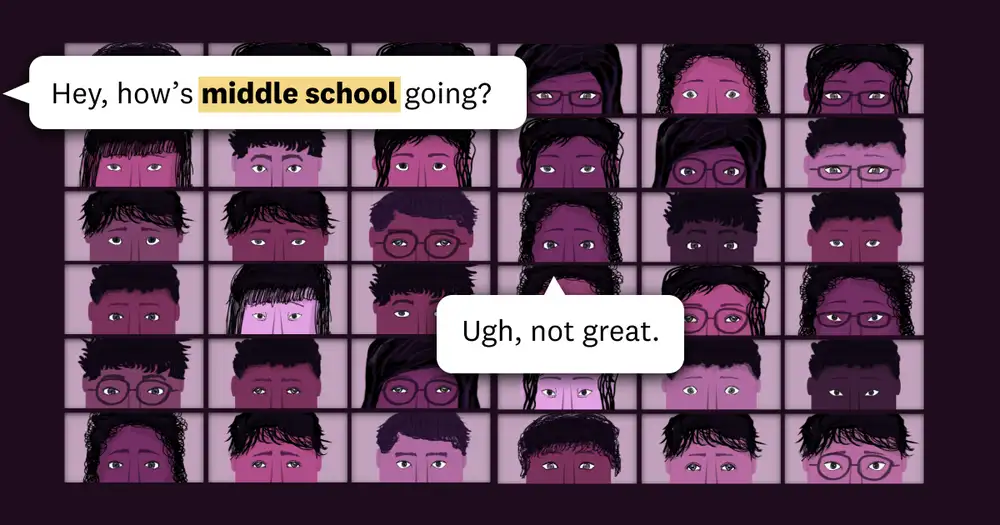About the time you enter middle school, your brains will enter a new era of development. Your brains will become more malleable—that means they’ll be like a block of clay softening up so they can be resculpted. Scientists call this “brain plasticity.”
The first period of brain plasticity is from ages 0 to 3, when our brains grow rapidly. We create billions of new brain cells and neural connections. But this second period of plasticity, often between ages 11 and 14, is when our neural connections are reorganized.1
The brain reorganization happens because your brains become highly sensitive to what we experience, both good and bad.
One experience that is especially heightened is social interactions. During this period, we are more sensitive to social acceptance and rejection. So hanging out with friends feels better than it does at other points in our lives, while being rejected or bullied feels worse. These experiences rewire our brains; some neural connections get stronger, while others are cut off.
Meanwhile, your brains will also develop a greater capacity for self-direction. So you’ll want more autonomy on what to wear, what to say, and how to spend your time.
1 Developmental psychologist Laurence Steinberg writes quite accessibly about this brain plasticity in his book "Age of Opportunity.”That’s a really good question.
About 120 years ago, there were no middle schools. Most school districts had one school for kindergarten to 8th grade. But those schools were getting overcrowded.1 This was especially true in cities because those areas had new jobs for adults, and immigrants also came from other countries and moved to cities. Meanwhile, everyone from college presidents to the National Education Association argued that seventh and eighth graders should attend a school that prepares them for high school, rather than going to K-8 schools with young kids.
So the solution for districts was to open “junior high schools,” which would cater to the needs of kids this age.
Education experts had a pretty good idea of what junior high kids needed. But when they went back and studied junior high schools, they found that the schools were actually just copying what high schools do. For example:
So in the 1960s people who studied education proposed that we replace junior highs with something that actually gives students what they need, rather that copying high schools. They called it middle school.
Slowly, more and more districts adopted the middle school model.
But did middle schools actually help students?
Researchers had a really smart idea: What if we compared how middle-school kids are doing versus kids who still attend K-8 schools?
What they found across the country was that 6th, 7th, and 8th graders who attend middle schools learn less, while feeling lower levels of belonging and self esteem, when compared to kids who attend K-8 schools. One 2010 study of New York City students found that, when kids transition to middle school, their parents feel like the quality of education and safety of the schools is worse compared to the parents of students who still attend K-8 schools.
So, yeah, transitioning to middle school really does suck!
But in the chart above, notice how parents of 5th graders in K-5 schools actually think education is better than parents of 5th graders in K-8 schools. Researchers wondered whether being the oldest kid in a school—the “top dogs”—actually helps students, while going to school with older kids hurts them. A few studies found that the benefits of being a top-dog in the 4th and 5th grades at a K-5 elementary school actually makes up for the amount of learning you’ll lose in middle school.
So if we got rid of middle school, that might actually make 4th and 5th grades not as great as you remember. But at the same time, you wouldn’t be going through the middle school pain you’re experiencing now!
1 The RAND Corporation published a fantastic book on the history of middle schools, which covers this in more depth.
 にほんのぶんか:ひなまつり HINAMATSURI - Traditional Japanese Culture
にほんのぶんか:ひなまつり HINAMATSURI - Traditional Japanese Culture